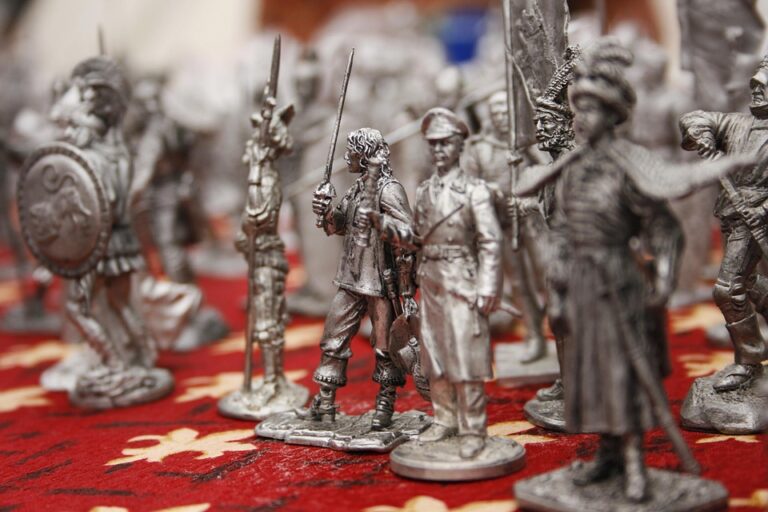
The Evolution of Action Figures: A Journey Through Time
In the whimsical world of toys, few items have garnered the affection, nostalgia, and cultural significance of action figures. What began as simple playthings in the mid-20th century has transformed into a multi-billion-pound industry, resonating with generations of children and collectors alike. The evolution of action figures is not merely a tale of innovation; it reflects shifts in societal norms, technology, and even the very nature of play itself.
1. The Dawn of the Action Figure
The term "action figure" first emerged in the 1960s, but the roots of this phenomenon stretch back even further. Enter the G.I. Joe, launched by Hasbro in 1964—a pivotal moment in toy history. Unlike traditional dolls, G.I. Joe was marketed directly to boys, embodying a spirit of adventure and heroism. The success of this 12-inch figure ignited a revolution, prompting other companies to follow suit. Yet, one must ponder: what does this say about gender roles in play? The very marketing strategy hinted at a societal expectation that boys should engage in adventurous play, while girls were often relegated to nurturing roles.
2. The 1970s and 1980s: A Decade of Expansion
With the arrival of the 1970s, the action figure landscape expanded dramatically. The introduction of Star Wars merchandise in 1977 catapulted the industry into a new realm. Kenner’s 3.75-inch figures became an iconic staple, allowing children to recreate epic space battles. The appeal lay not just in the figures themselves, but in the vast universe they inhabited, encouraging imaginative play.
As the decade rolled into the 1980s, the rise of animated television series further propelled the action figure market. Brands like Transformers and He-Man capitalised on this synergy, intertwining narratives with their toys. The question arises: did this create a new paradigm for storytelling, wherein the toy was not merely a plaything but a gateway to a larger universe? Indeed, the lines between media and merchandise began to blur, setting the stage for the modern age of branding.
3. The 1990s: The Rise of Collectibility
As we entered the 1990s, action figures began to evolve once more, adopting a more intricate design and articulation. Companies like McFarlane Toys emerged, focusing not just on playability, but on artistry and collectibility. Figures were no longer just toys; they became collectibles, displayed proudly on shelves rather than being confined to the toy box. This shift raises an intriguing question: how did the perception of play evolve from mere entertainment to a form of investment? Collectors began to see value in rarity and condition, marking a significant cultural shift.
4. The 2000s and Beyond: Digital Interactions
Fast forward to the 2000s, and we witness a seismic shift in the action figure landscape once more. The advent of digital technology transformed how children interacted with their toys. The introduction of interactive figures and augmented reality experiences blurred the lines between the physical and digital realms. Toys now come with apps that enhance the play experience, creating a multi-layered interaction that was unimaginable just a few decades prior. What does this portend for the future of play? Perhaps we are merely scratching the surface of a new era where the physical and digital coexist in harmony.
5. The Cultural Significance of Action Figures Today
Today, action figures are not just toys; they are cultural artefacts, reflecting societal values and interests. From superheroes to historical figures, each action figure tells a story, encapsulating the zeitgeist of its time. Moreover, the rise of social media has birthed a new generation of collectors who share their passion online, fostering communities that span the globe. This phenomenon begs the question: how do these figures shape our identities and collective memories?
A Lasting Legacy
The journey of action figures is not merely a chronicle of toys; it is a mirror reflecting our evolving culture, values, and technology. From the humble beginnings of G.I. Joe to the sophisticated digital experiences of today, action figures have consistently adapted to the whims of society. As we continue to explore this fascinating world, it’s evident that action figures will remain a beloved staple for generations to come.
At BargainsTrust, we are committed to bringing you curated information on the best products and trends. Stay tuned for more insights into the ever-evolving landscape of toys and collectibles!







